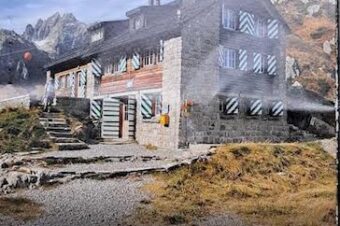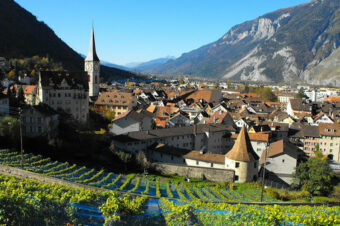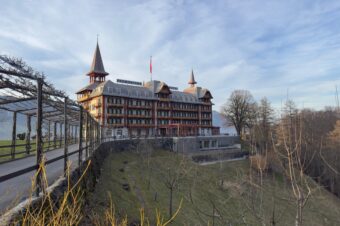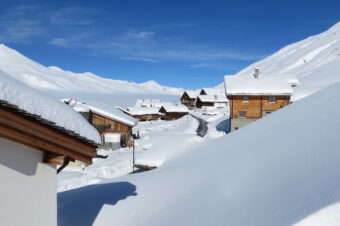From below, sailing on Lake Lucerne, Mount Pilatus is a striking mountain range; if you look down from above though, you can see a fantastic lake landscape.
There is no summit called Pilatus. That may be surprising, after all, one always speaks of the Pilatus. But it is a mountain range that consists of many individual peaks. The most prominent elevation is the donkey (6951 ft.); the tallest is the Tomlishorn (6983 ft.).
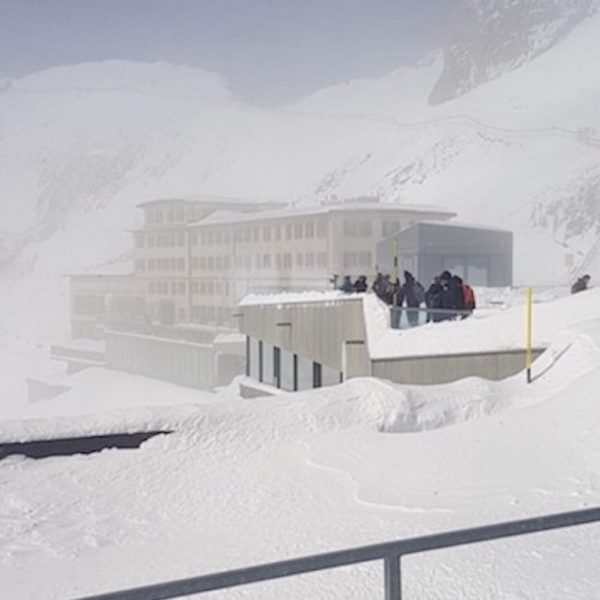
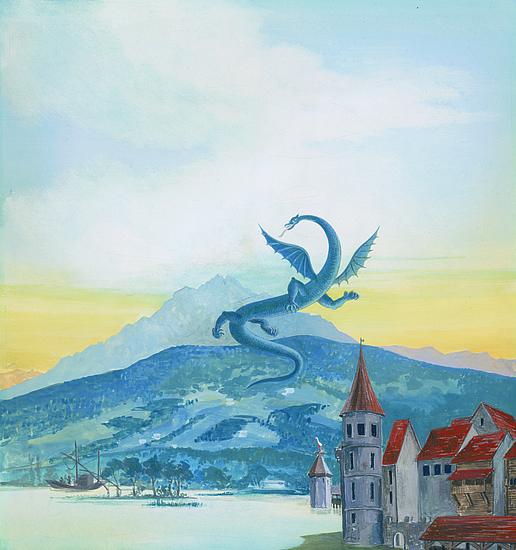
How to reach the Pilatus
The Pilatus can be reached on foot from Kriens, Lucerne in around five hours. Less exhausting and sweaty: since 1889, you can take the world’s steepest cogwheel railway ( 48% gradient) from Aplnachstad, Canton Obwalden, to Pilatus-Kulm in 20 minutes. And since 1956, Lucerne’s local mountain has also been accessible from Kriens by gondola and cable car, it has a length of 16000 ft., goes 4.5 meters per second, takes 30 minutes, and carries 750 people per hour.
On the way back down you may want to enjoy the largest Toboggan Track, 1350 meters, and the biggest suspension rope park in central Switzerland.
Pilatus Hotel Kulm at 6801 ft. features 27 double rooms and 3 junior suits, it was built in 1890, and renovated in 2010. There is a full-service upscale restaurant open to visitors.
The Legends and Myths
Pontius Pilate was the fifth governor of the Roman province of Judaea, serving under Emperor Tiberius from the year 26/27 to 36/37 AD. He is best known for being the official who presided over the trial of Jesus and later ordered his crucifixion. They say he was buried on the Pilatus; they say when you look at the mountain it resembles a big man lying on his back, just as Pontius Pilati was.
A walk through the Dragon gallery will take you back to the 12th century, when an enormous dragon flew to the Pilatus and crashed to the ground, so close to the farmer Stempflin, that he fainted! When he came to, he found a lump of clotted blood and the dragon stone, which was legally declared as having healing powers in 1509.
In the Middle Ages, people believed that dragons with healing powers lived in the rugged clefts and crevices of Pilatus. In 1619, it was written that someone saw a very bright dragon with flapping wings go from a cave, on the Pilatus, into another cave on the opposite side of the Lake.
The mountain, today, is fortified with gun emplacements, radar, and weather stations.

